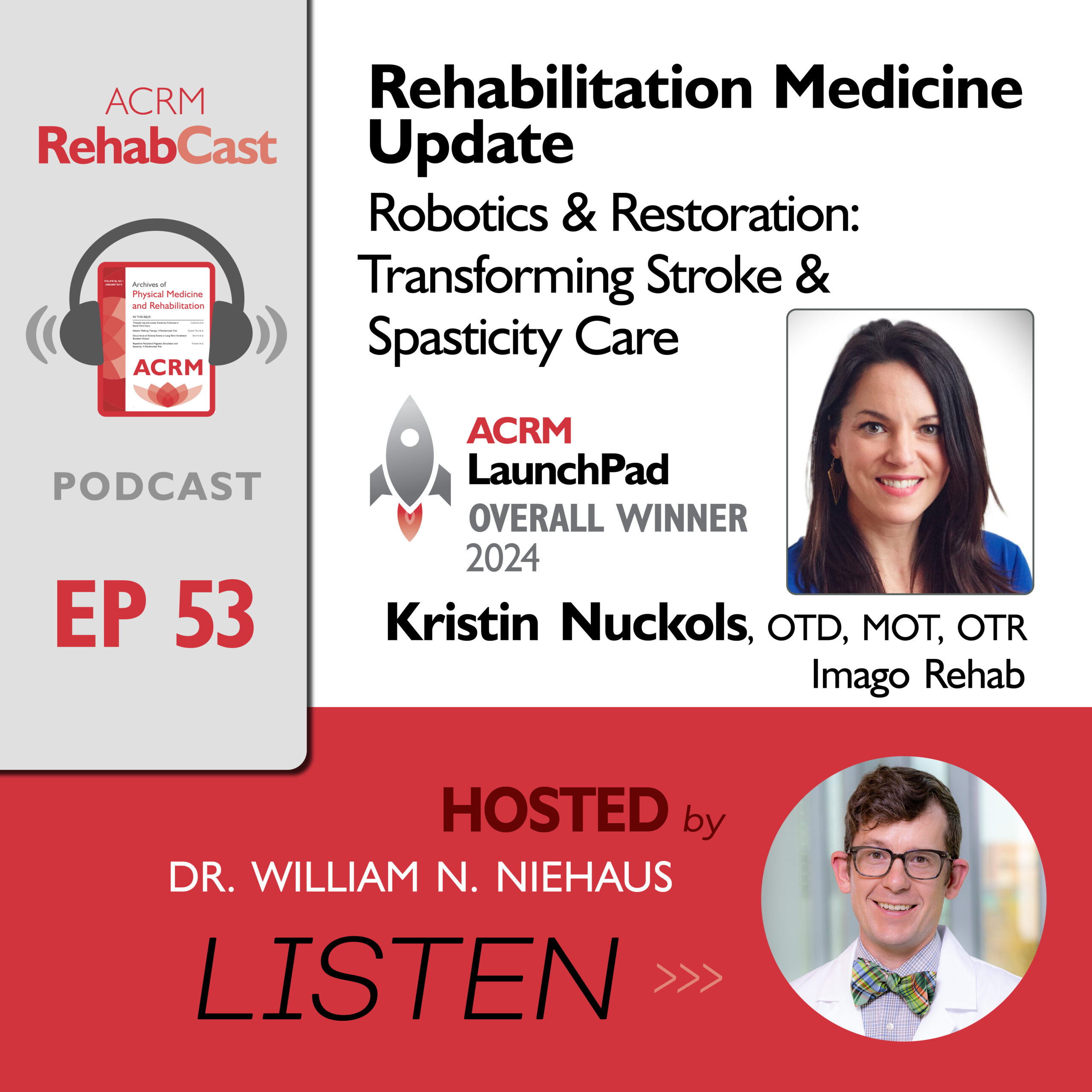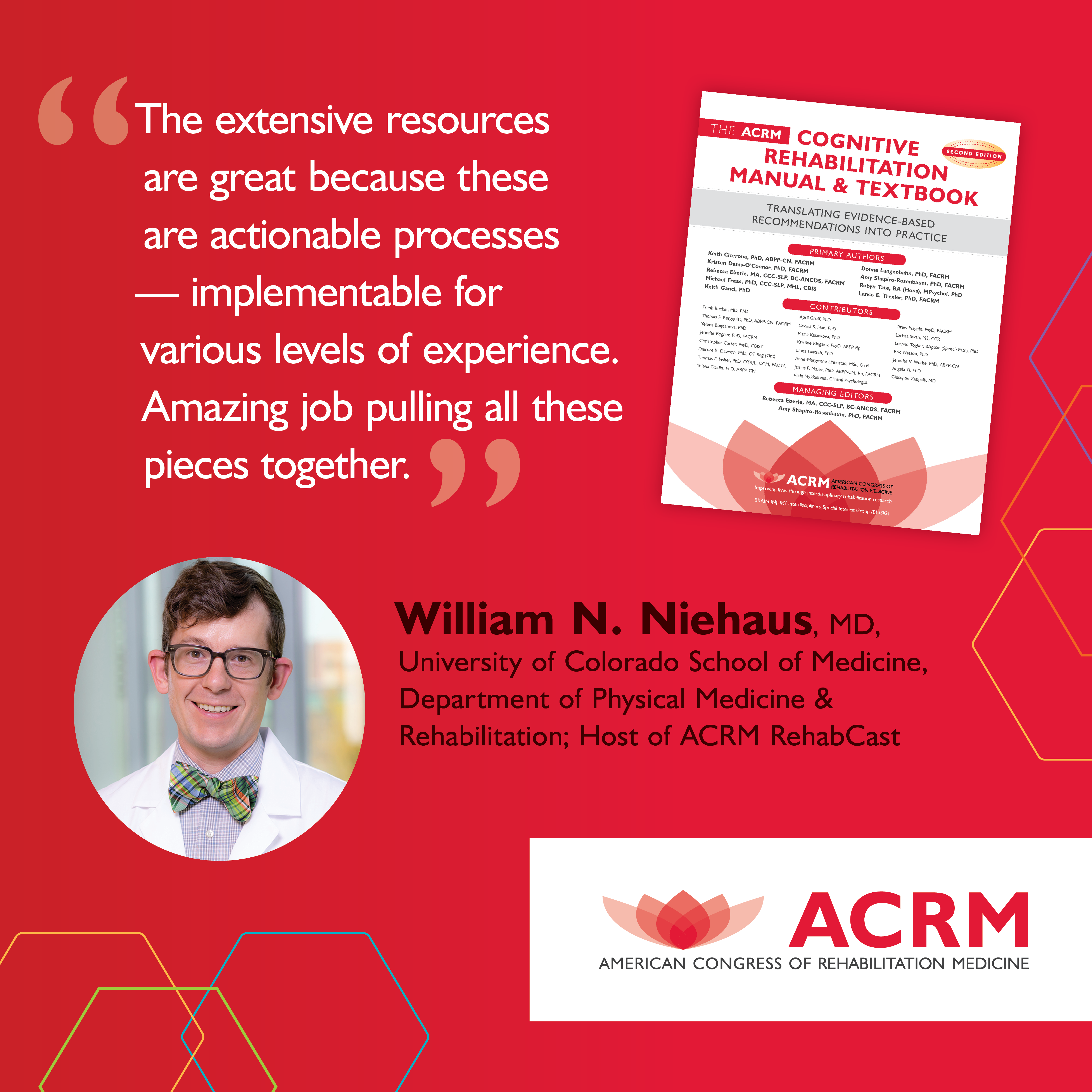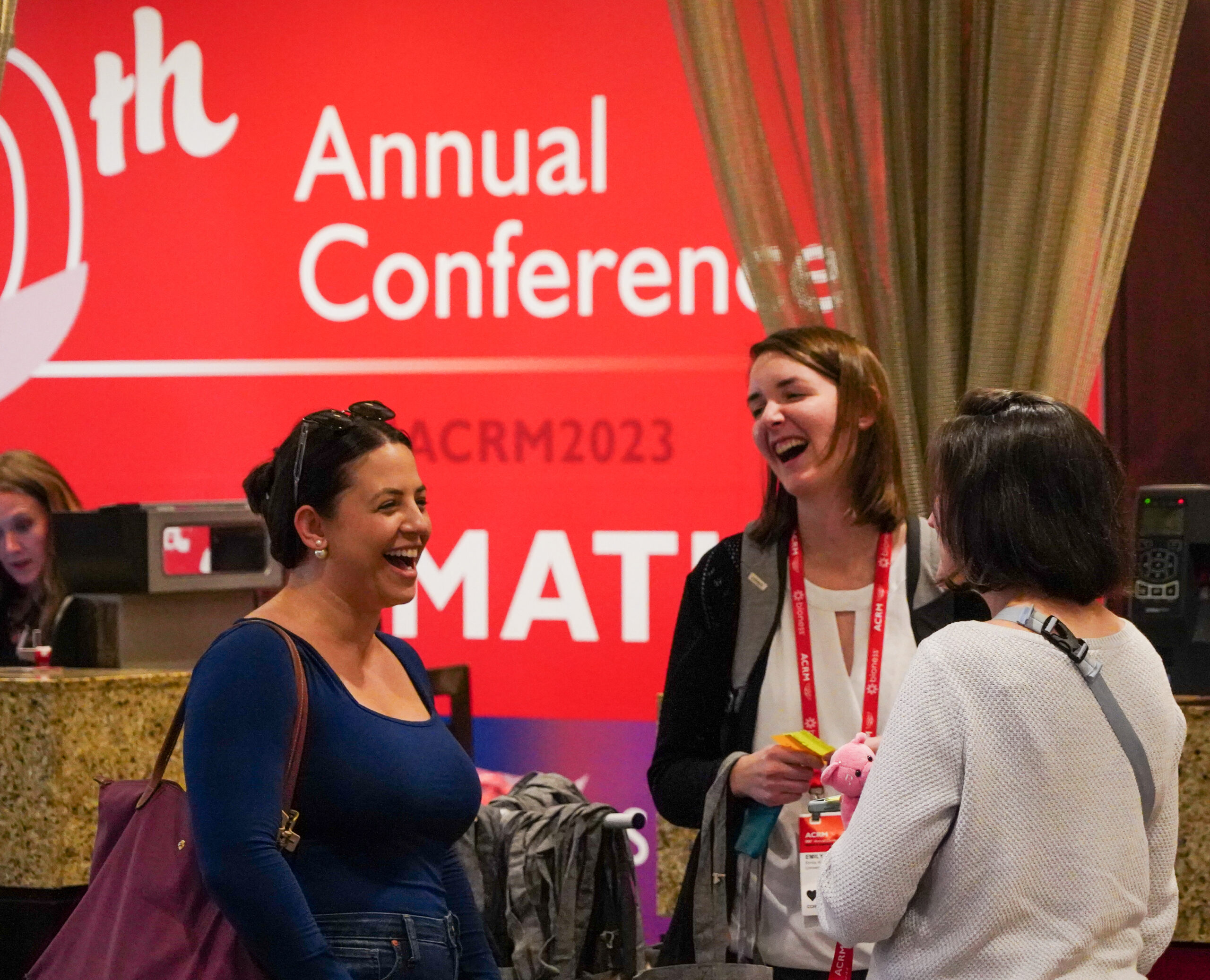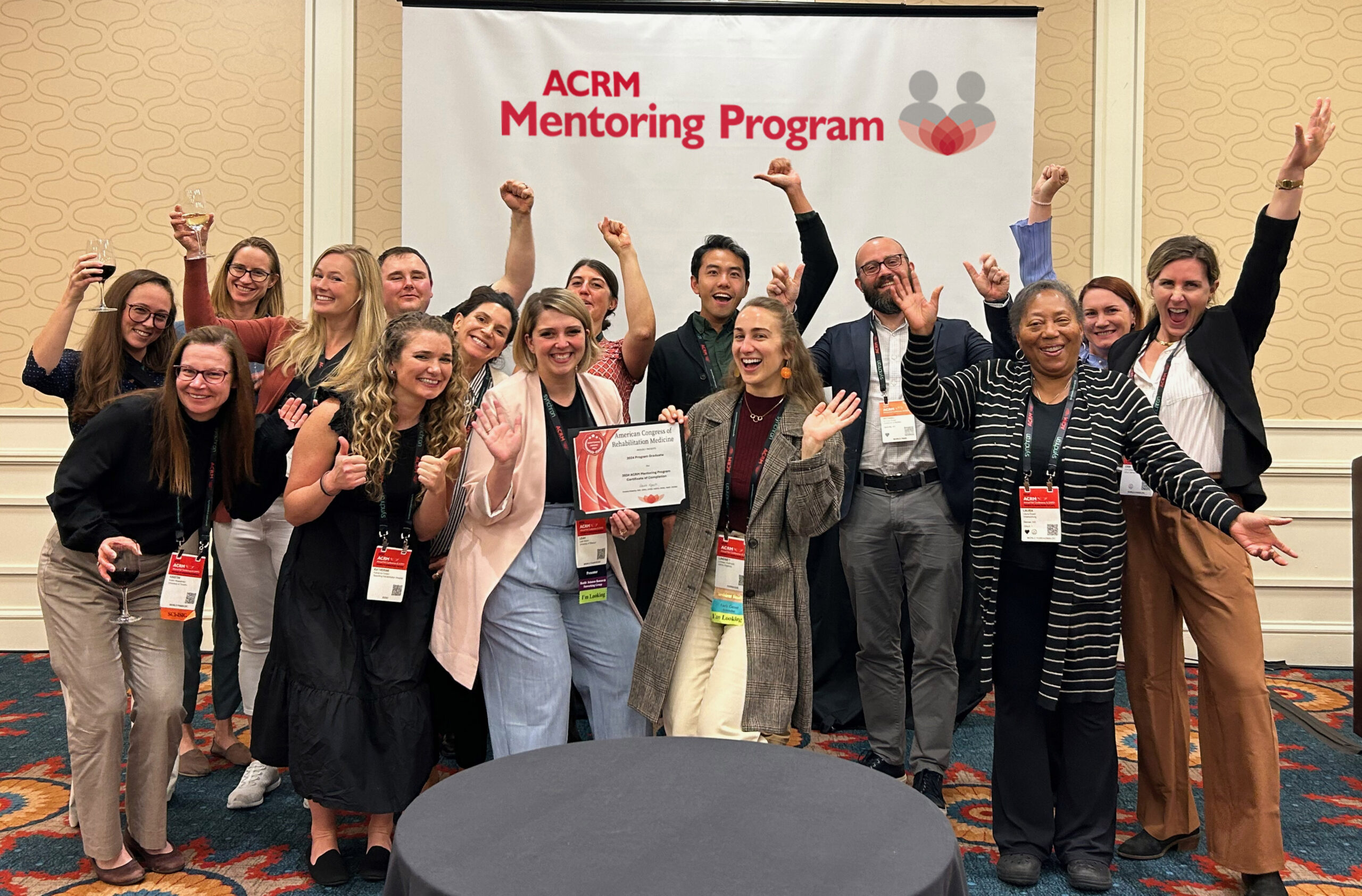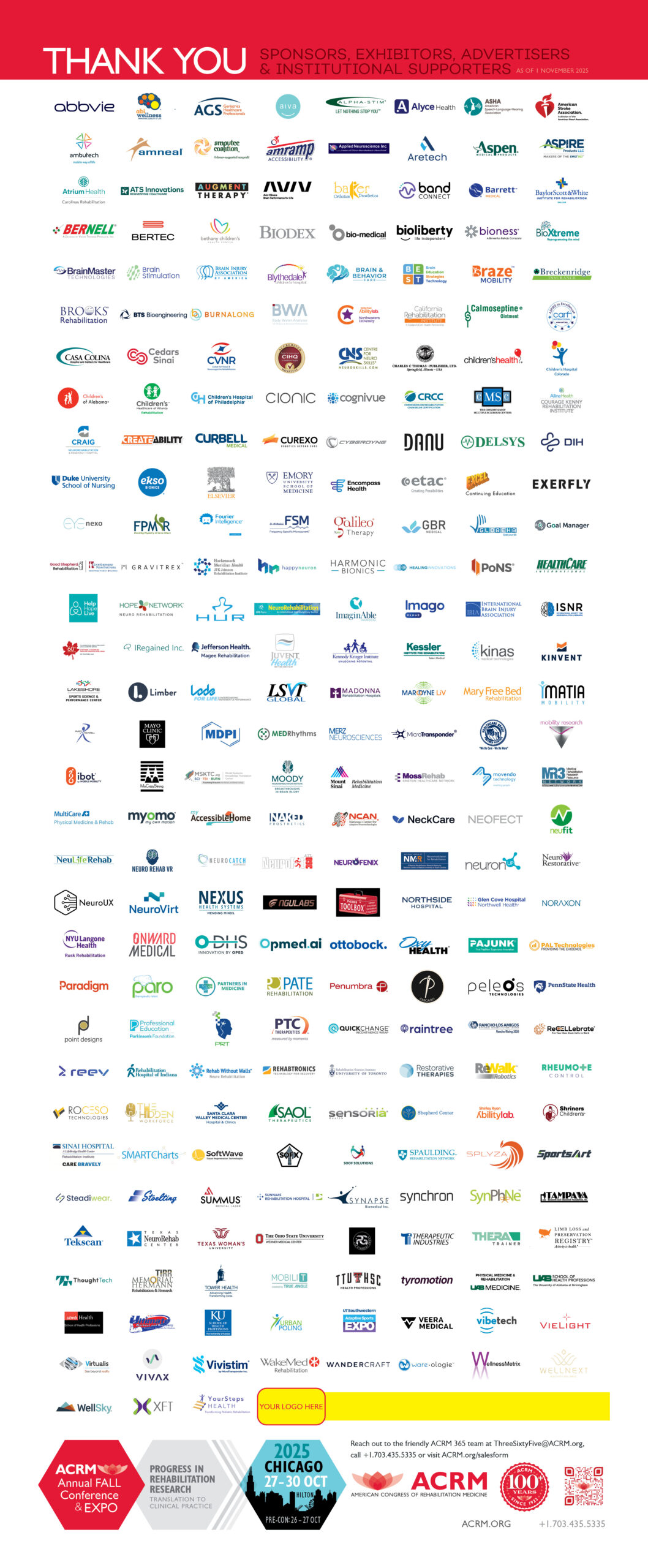
Shepherd Center patient, Michael Gore, demonstrates the Parker Hannifin Indego exoskeleton at the 2013 ACRM Annual Conference in Orlando.
WALKING WITH ROBOTIC EXOSKELETONS: IS THIS A STEP IN THE RIGHT DIRECTION FOR IMPROVING HEALTH AND FITNESS FOR PERSONS WITH SPINAL CORD INJURY?
Submitted By: Nicholas Evans, MHS, CES, HFS, Lead Clinical Exercise Specialist Beyond Therapy, Shepherd Center, Atlanta, GA and Chair, ACRM SCI-ISIG Fitness and Wellness Task Force
The 2014 Soccer World Cup opened with an impressive display of teamwork and technology. Researchers successfully developed and debuted a brain-machine interfaced lower extremity robotic exoskeleton in which the user, with lower extremity paralysis, was able to activate the device using brain signals and kick a soccer ball. During a time when researchers and clinicians are investing significant time and resources into understanding and minimizing the long term impact of physical deconditioning and altered cardiometabolic status on secondary health conditions following spinal cord injury (SCI), it is very fitting that this amazing technology was debuted on the world stage in an environment in which the user was participating in an exercise-related activity.
Although brain-machine interfaced technology for the lower extremities is still very much in its infancy, a number of other, more “user-friendly”, robotic exoskeleton devices have been developed and are being utilized by clinicians, researchers, and consumers across the globe. This emerging technology promises to afford people with SCI the opportunity to stand and walk in the home and community. The immediate benefits of robotic exoskeleton technology can be realized by assisting the user with the most basic of human functions – bipedal ambulation. Based on the optimized anatomical position of standing vertically and walking, and in some cases, combining movement with electrical stimulation, exoskeleton technology may also provide additional benefits beyond that of mobility.
As a consequence of transitioning from a seated to standing position, it is not beyond reason to think that health and fitness benefits such as increased energy expenditure, increased cardiopulmonary demand, improved peripheral blood flow and circulation, and enhanced muscular strength and endurance of the extremities and trunk musculature may also be realized by individuals with mobility impairments who may use these devices. In fact, over the past few years, studies investigating the potential utility and impact of exoskeleton walking on physical conditioning and cardiopulmonary fitness following SCI have begun to emerge.
Of course the effect of exoskeleton walking on health and fitness is not the only question that remains regarding the use of this technology. Clinical trials investigating the safety and functionality of these devices are still underway. Nonetheless, development companies are working to improve the utility of their devices and investigators are beginning to answer questions related to the role of lower extremity exoskeleton walking on health and fitness outcomes following SCI. This is certainly a step in the right direction for persons with SCI, as alternative means of engaging in physical activity and exercise are always needed to ensure that the greatest number of people can have access to and participate in options that will get them up and moving.
The 2014 ACRM Annual Conference being held in Toronto, Canada in October will be a tremendous opportunity for attendees to learn more about lower extremity exoskeleton devices that are currently available for research and clinical use. Companies that have developed lower extremity robotic exoskeleton devices will have their products on display and the ACRM Program Committee has included conference content in robotic exoskeleton technology.
As we all look to the future of SCI rehabilitation, it is impossible to tell where this technology will go, but I cannot help but imagine what possibilities for physical activity and exercise participation might exist for persons with SCI when the World Cup commences in 2022.
Shepherd Center is an Institutional Member of ACRM


